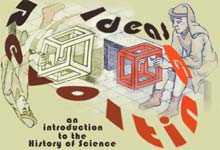
University of California, Irvine
Instructor: Dr. Barbara J. Becker

|
|
Humanism |
|
|
|
|
Re-examination of standard texts:
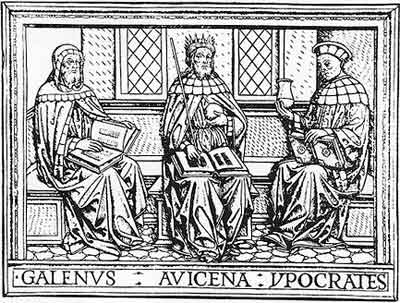
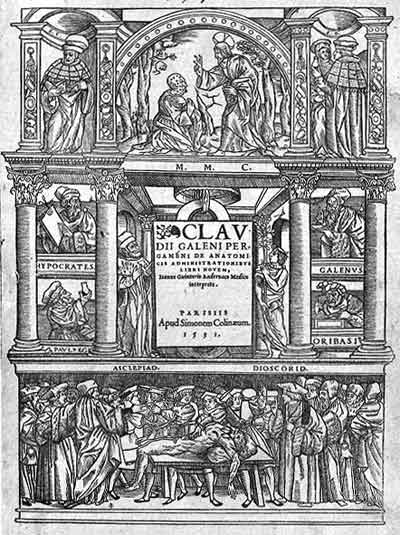
Introduction of new means of practical instruction:
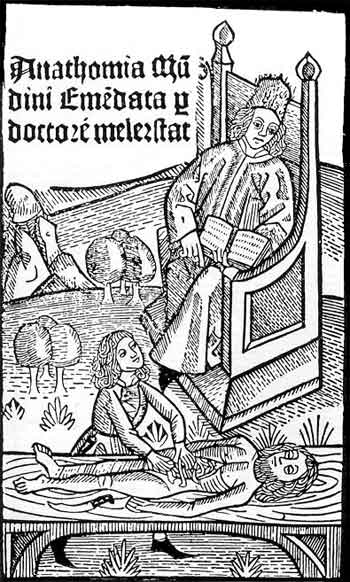
Emergence of new ideas:
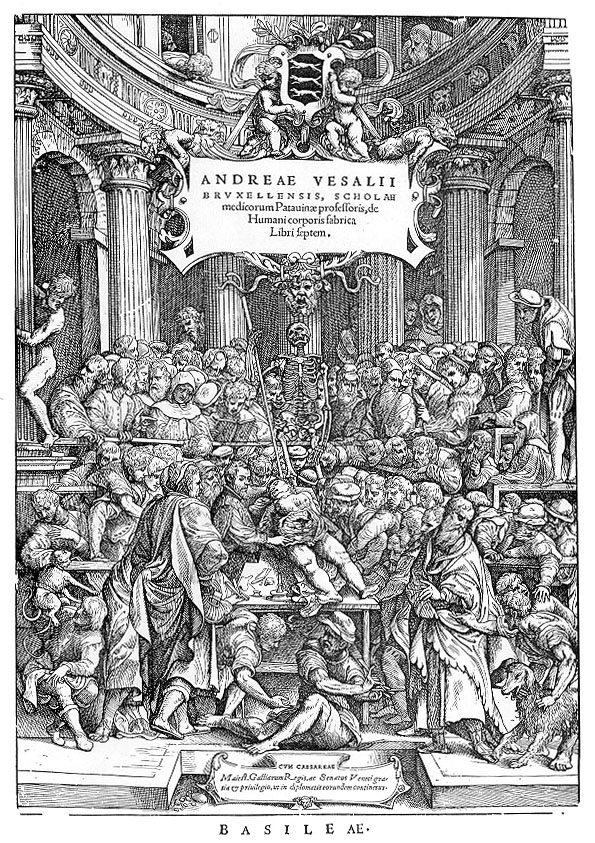 |
Anomalies in prevailing paradigm:
Invisible Pores and Tons of Blood
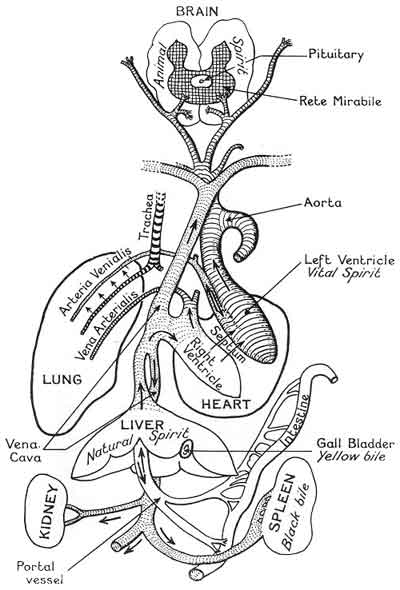
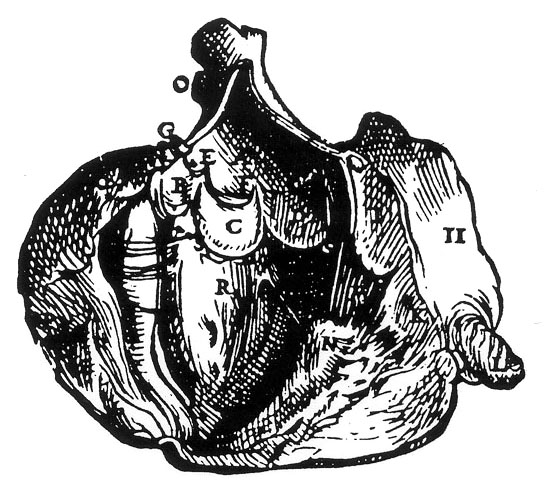 |
|
(17th c) |
|
(1578-1657) De Motu Cordis (1628)
Harvey reasoned if:
then, the heart will process:
|
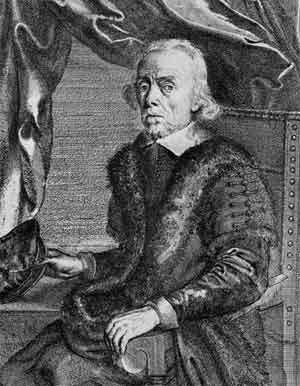
|
Harvey found this result to be patently absurd. To study the problem further, he conducted many experiments on both living (vivisection) and dead (dissection) animals. Based on his observations, Harvey rejected Galen's notion that blood is continuously being generated, distributed, and converted into flesh in a one-way process from liver to heart to extremities. He suggested that the body contains a fixed amount of blood at all times and that the heart serves as a pump, keeping that blood moving through the body in a neverending cycle.
Discovery is a process and must take time.... [This process is
not complete] until the initially anomalous has become the anticipated.
--Thomas Kuhn, Structure of Scientific Revolutions |
|